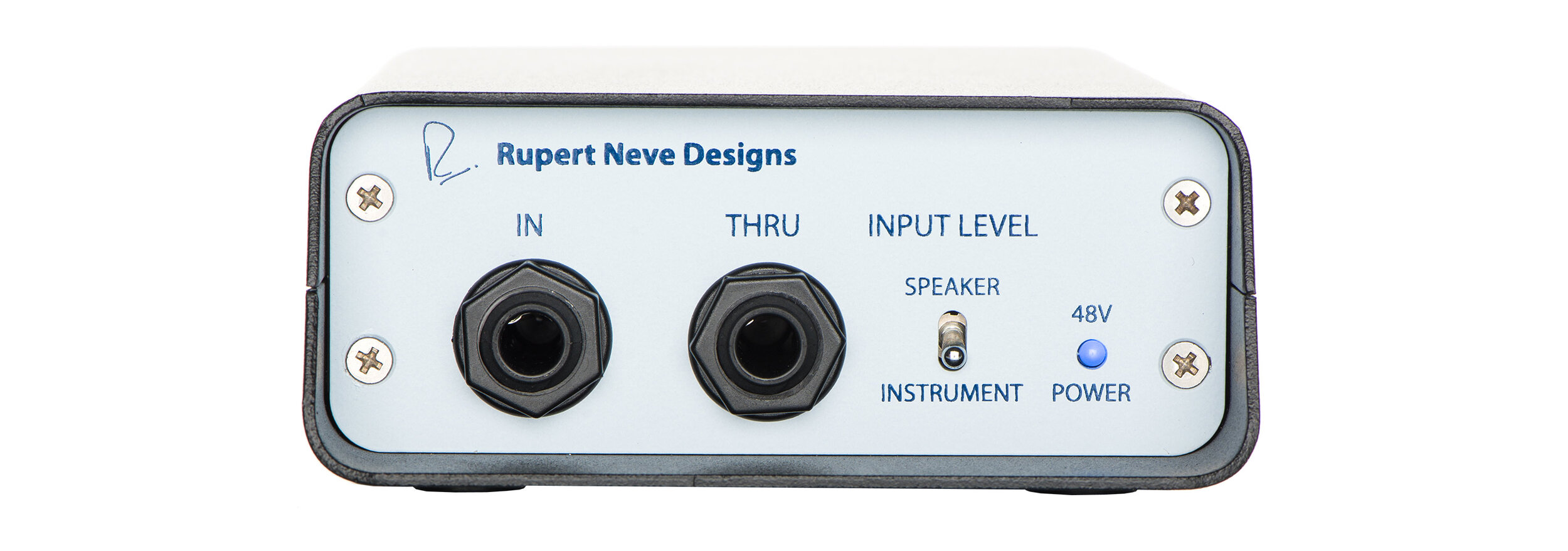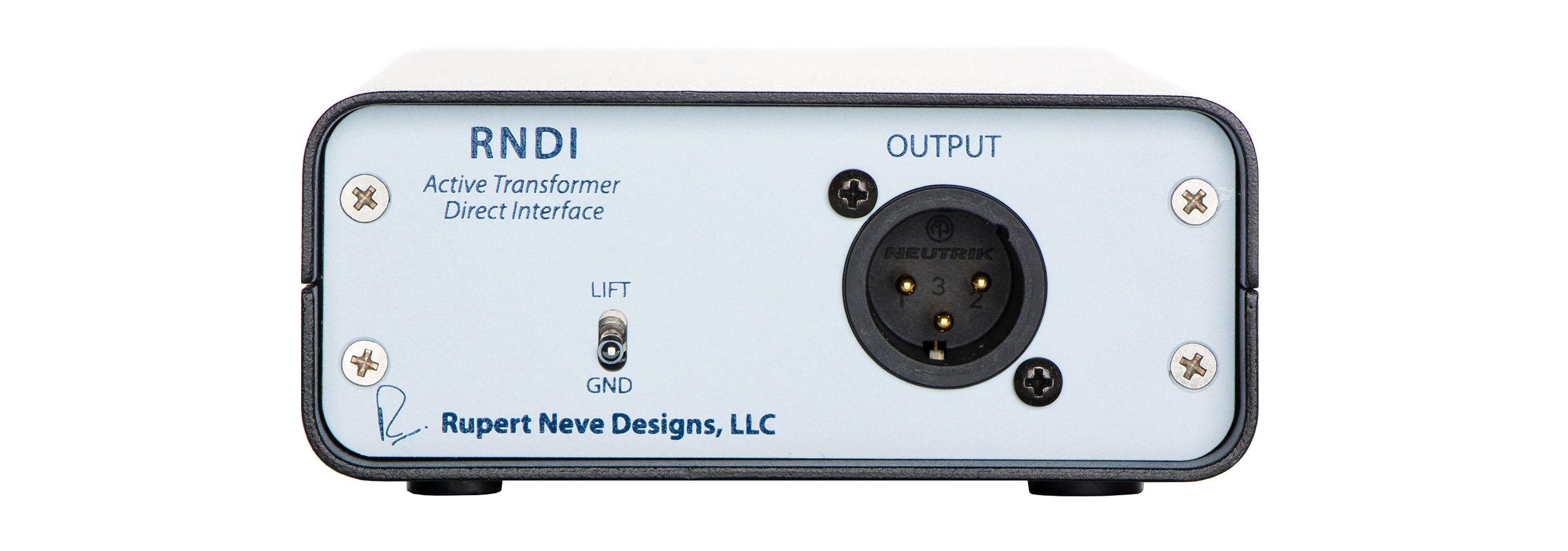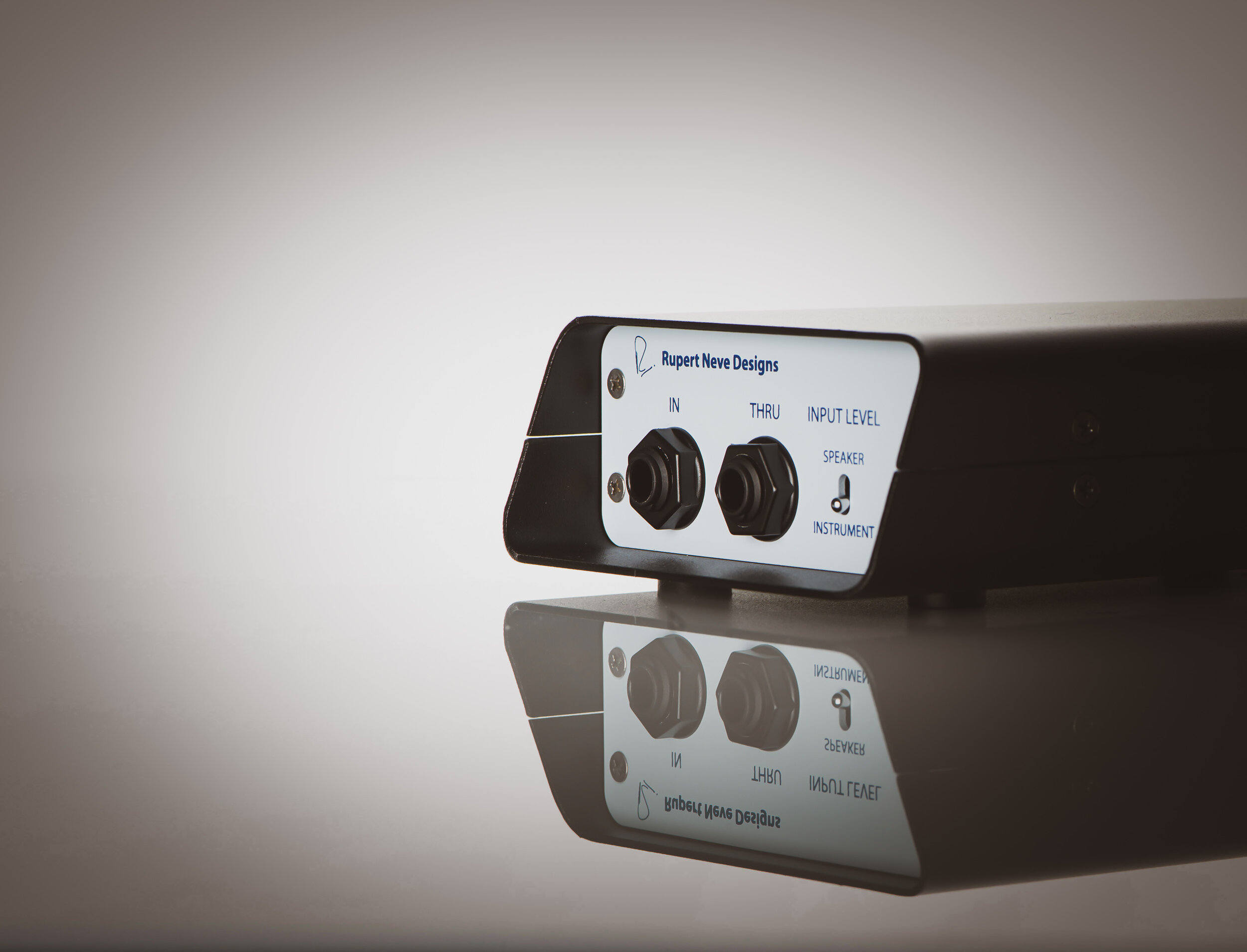
RNDI
Active Transformer Direct Interface
OVERVIEW / MEDIA / FEATURES / REVIEWS / SPECS & RESOURCESStunning tone & clarity for all of your instruments.
The RNDI contains a custom Rupert Neve-designed output transformer and class-A, discrete FET input stage. This carefully designed combination is the key to the RNDI’s unparalleled performance, delivering a powerful and vibrant direct sound that captures the full harmonic depth of basses, guitars, acoustic instruments, and even pre-recorded material.
With portable, powerful, larger-than-life tone for a variety of instrument and amplifier signals, the RNDI is truly the first stand-alone DI worthy of the Rupert Neve name.

“I didn’t know what I was missing until I plugged into the RNDI. ”
The Development
After coming into existence during an experimentation with new transformer designs, the RNDI was fine-tuned over a series of listening tests against the most popular high-end DIs available. It was in these tests where the RNDI always seemed to add another dimension to the sound and bring the instruments to life. The lows felt richer, deeper and fuller, and the highs had outstanding clarity without any added harshness.
Most importantly, the design team noted:
“As musicians, the RNDI consistently stood out as the DI we wanted to play through.”
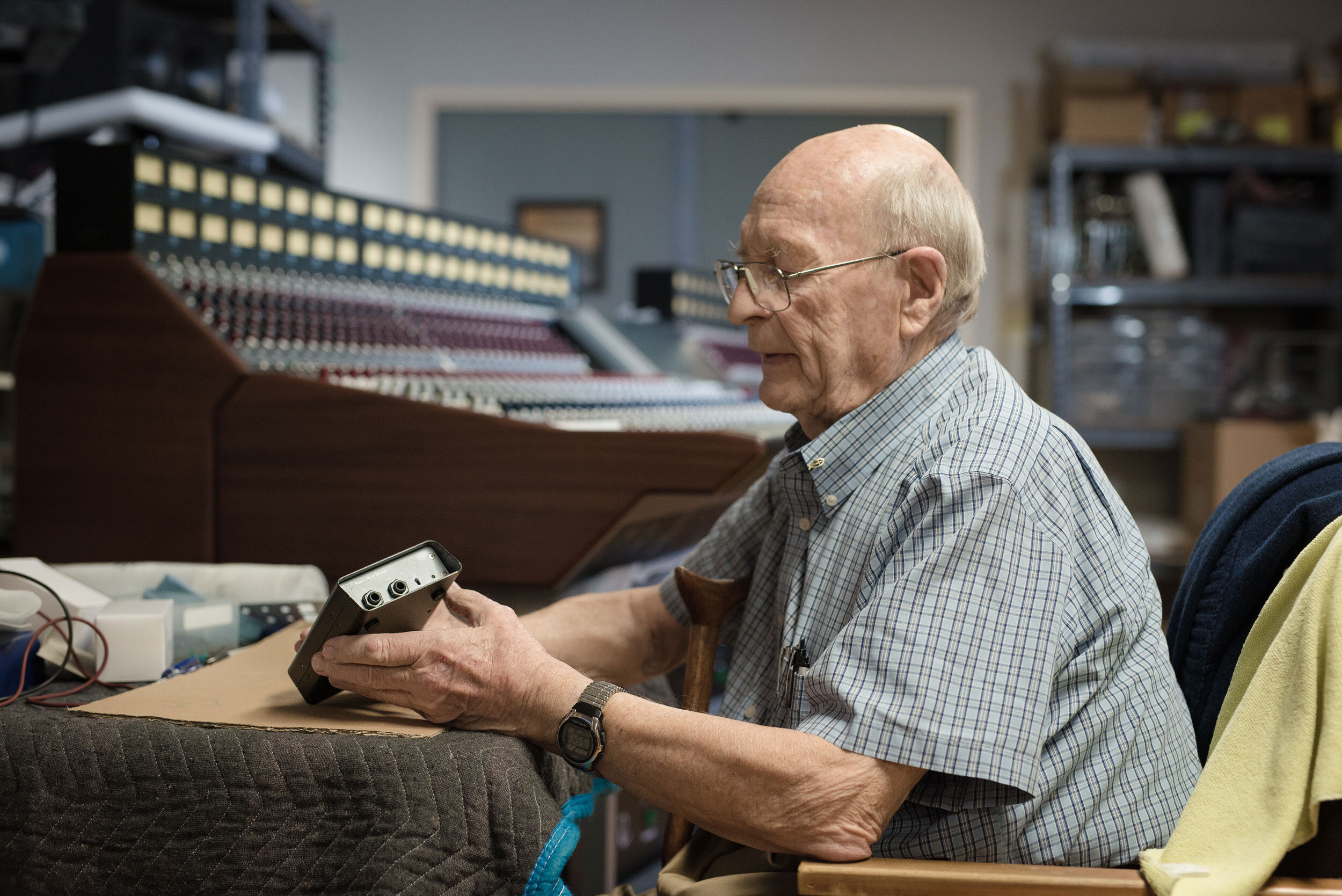
Signature Sound
The RNDI’s signature sound is the result of a new Rupert Neve-designed output transformer and a class-A, discrete FET input stage. The carefully orchestrated union of these two elements is key to the RNDI’s accuracy, tone and response.
THE TRANSFORMER
The custom output transformer provides exceptional isolation while introducing musical harmonics and dimension to the sound. The low impedance, transformer-balanced output excels at driving long cable runs, and performance is immensely consistent regardless of the connected equipment. This is very important for both live and studio environments where the audio signal may travel over 100ft before hitting an amplifier.
THE CLASS-A, DISCRETE FET INPUT STAGE
The class-A, discrete FET input stage in the RNDI is powered by 48V phantom, providing a high impedance input of 2.2M Ohms that ensures consistent performance with a wide variety of instruments. The class-A design introduces no crossover distortion to the signal, which can add upper-order odd harmonics that are musically dissonant in nature. With the RNDI, the majority of harmonic content is a pleasing combination of 2nd order (octave) and 3rd order (fifth above octave). These musically relevant harmonics, present in subtle amounts, enhance the richness of the original signal and provide a distinctly musical response. And the discrete nature of the RNDI design means there are no ICs or digital components that can have negative effects on the tone.
Massive Headroom + Speaker Mode
In Instrument Mode, the RNDI’s uniquely high input headroom of +20.5 dBu is capable of handling not only instruments, but a wide variety of sources, such as synths, keyboards, drum machines and even pre-recorded material. This allows the RNDI-M to inject that coveted Rupert Neve Designs tone into a wide variety of sources.
In speaker mode, the RNDI can handle the screaming output of a 1000-watt solid-state power amplifier (92 Vrms or 266Vp-p) to capture the full tone of the instrument, preamplifier, EQ, inserts, and the amplifier’s output stages before it hits the speaker cabinet. This technique allows the engineer to avoid any bleed in a live environment and any unwanted tone added by the speaker cabinet or microphone. Also, speaker mode can be especially useful when feeding the RNDI line-level sources since it increases the input headroom even further…
“The band wanted a more controlled guitar sound, so they switched to the Fractals…they were a little lacking in tonality, so I put RNDIs on all of them and everybody noticed the difference immediately. Any time I have to use a Fractal from now on, I’ll throw an RNDI on it. It just makes everything sound better.”
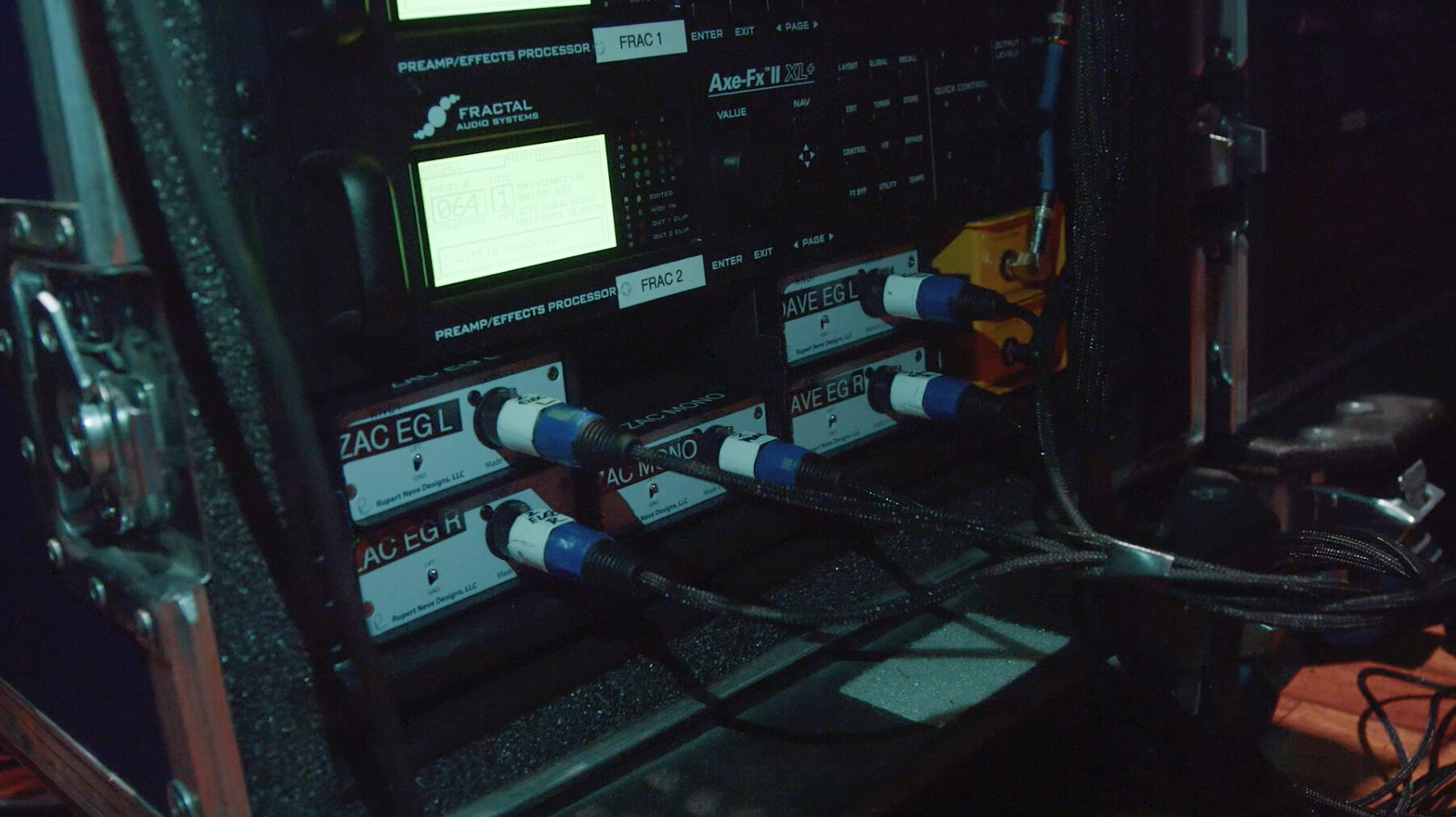
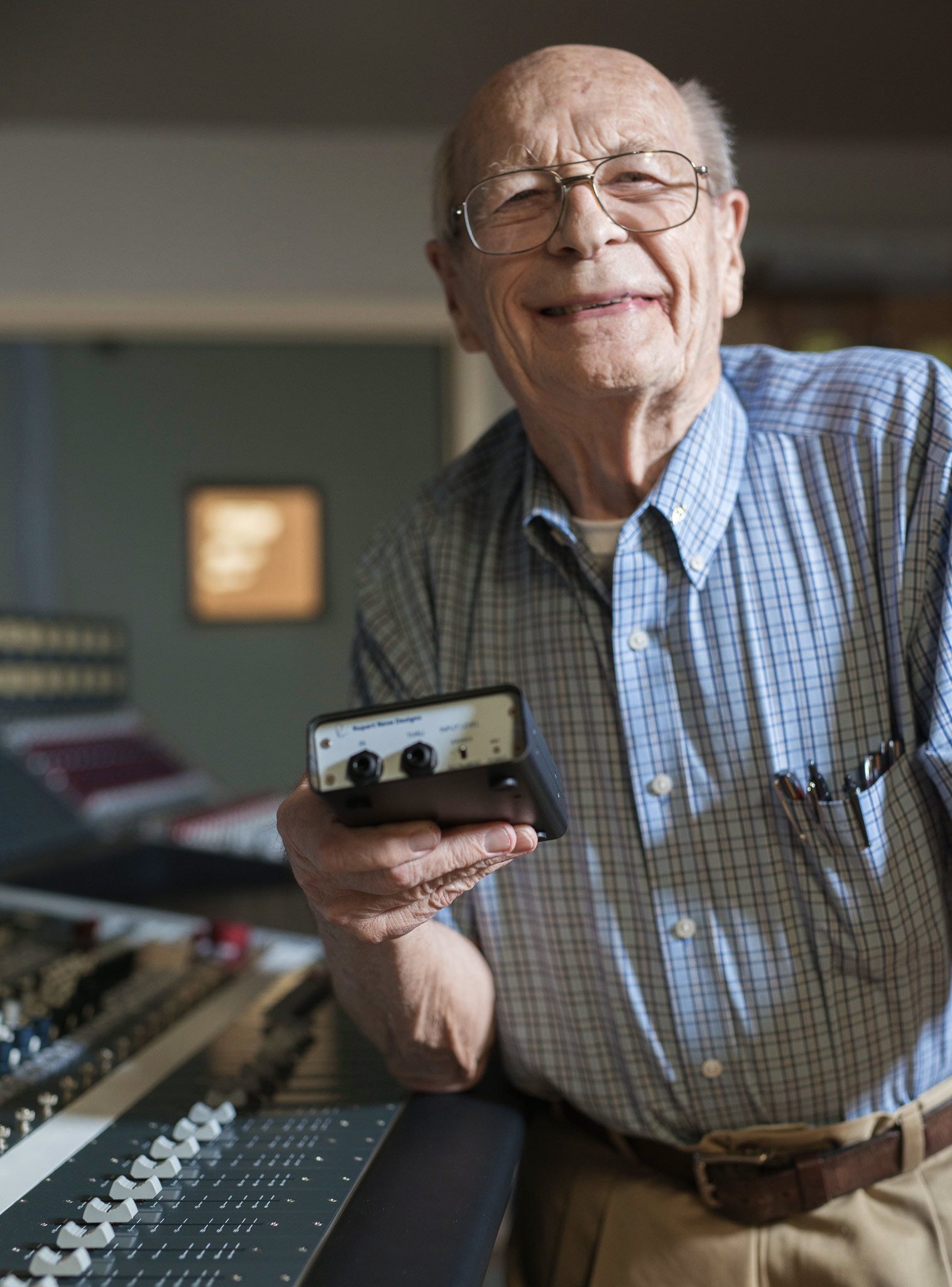
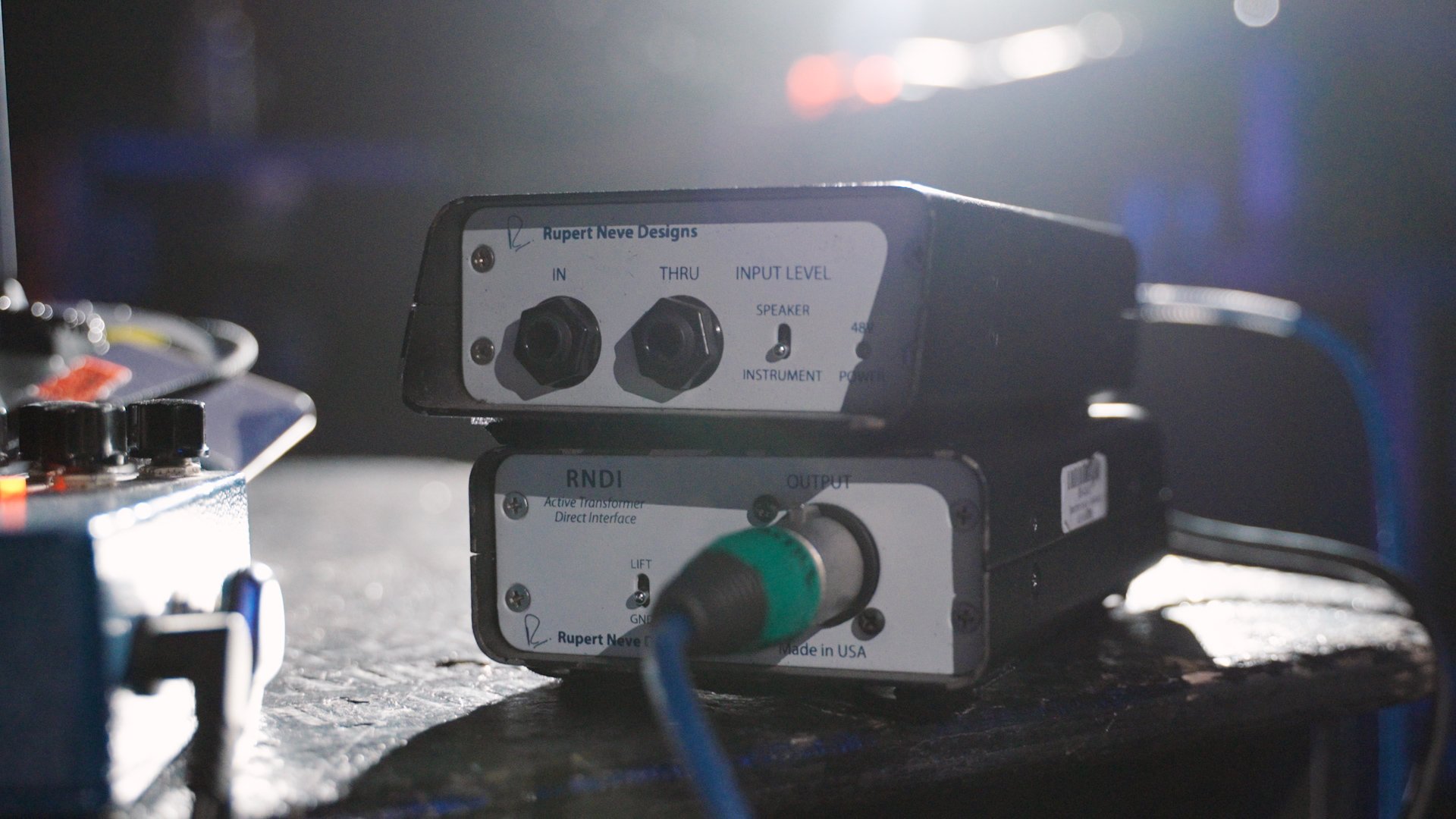
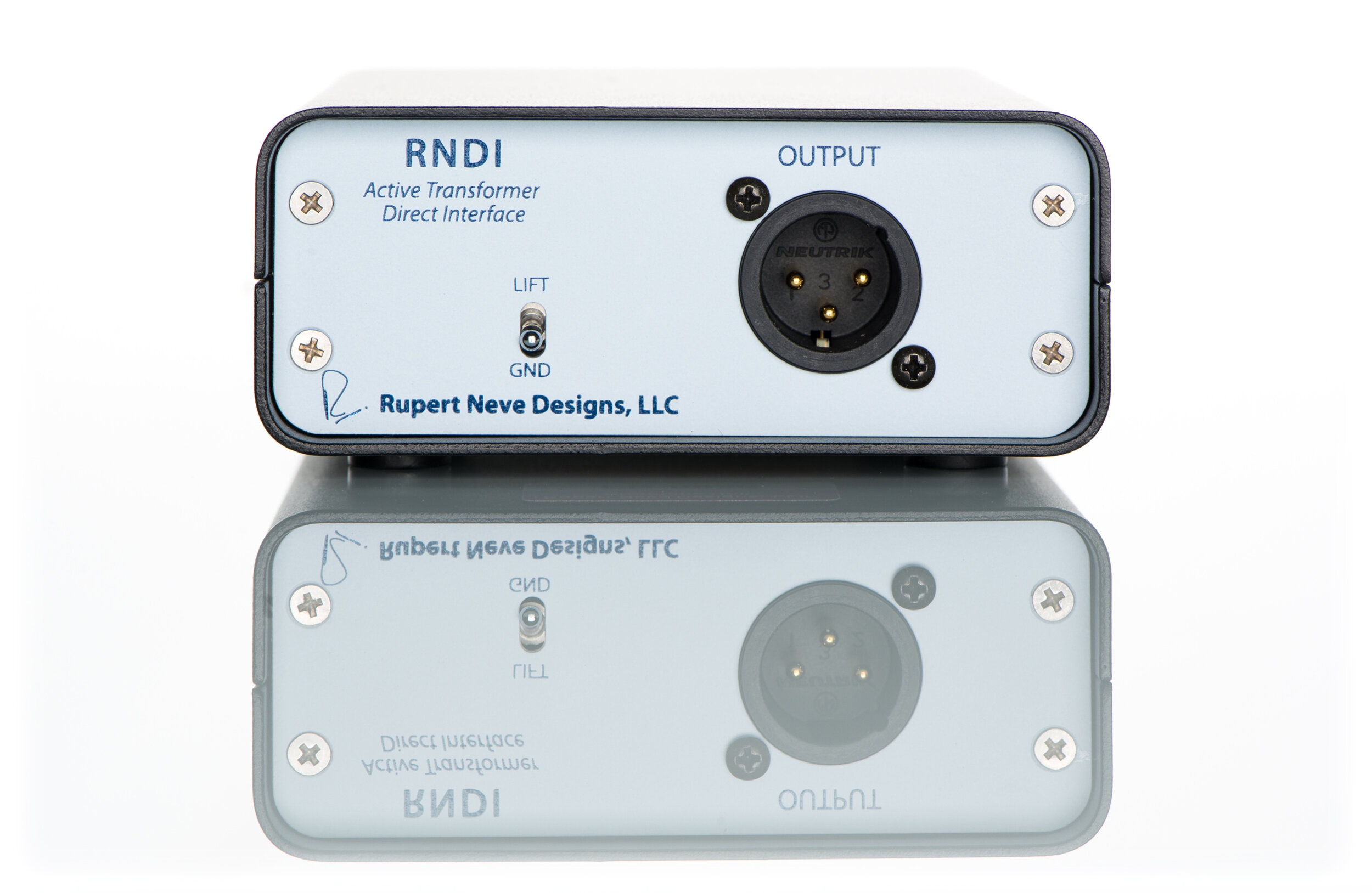
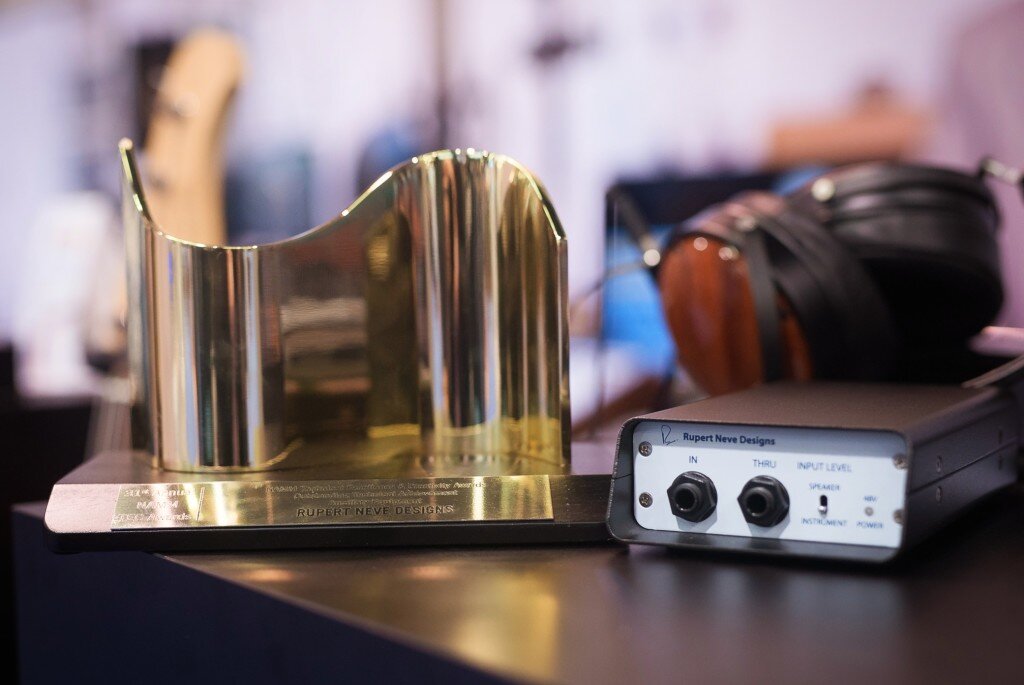


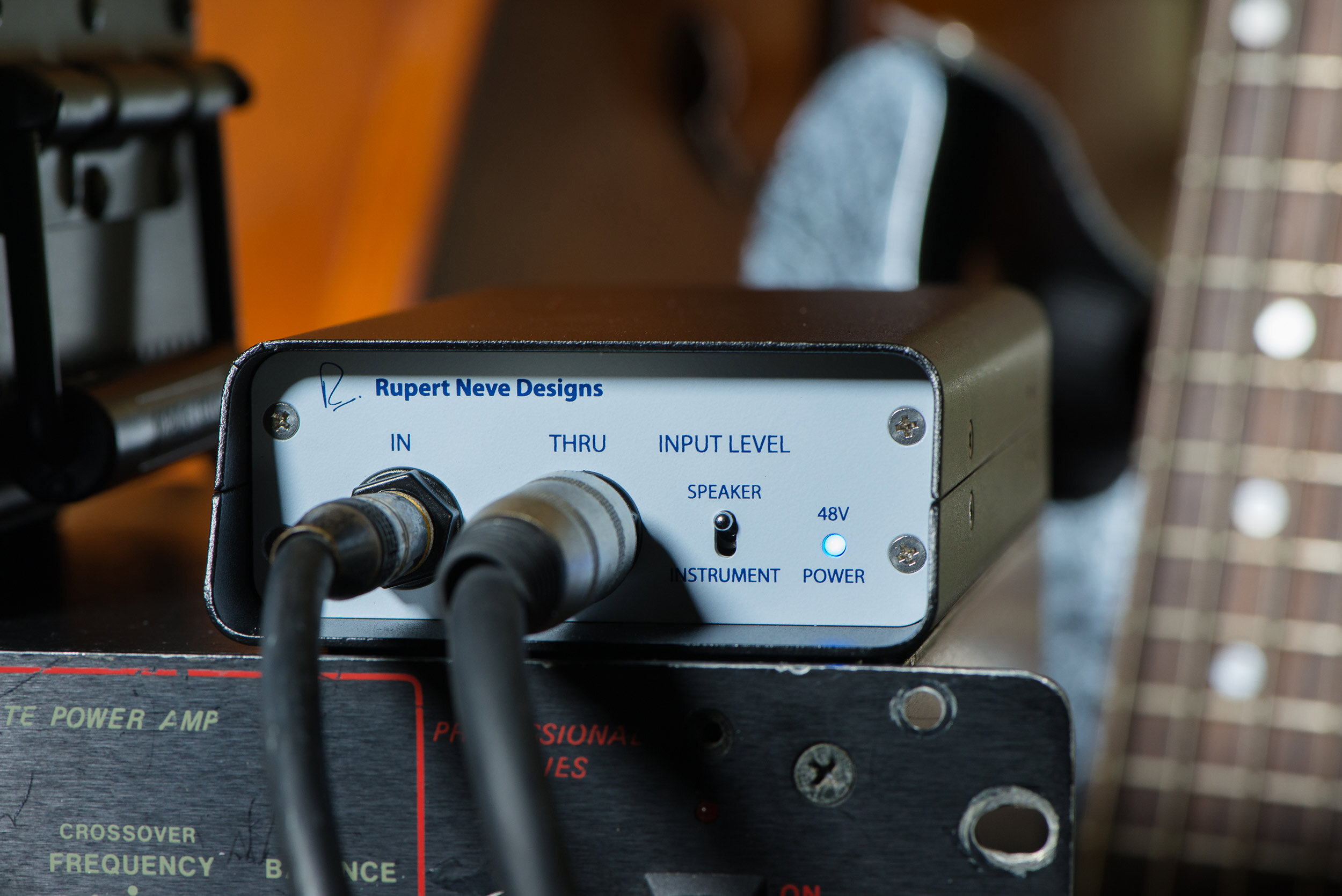
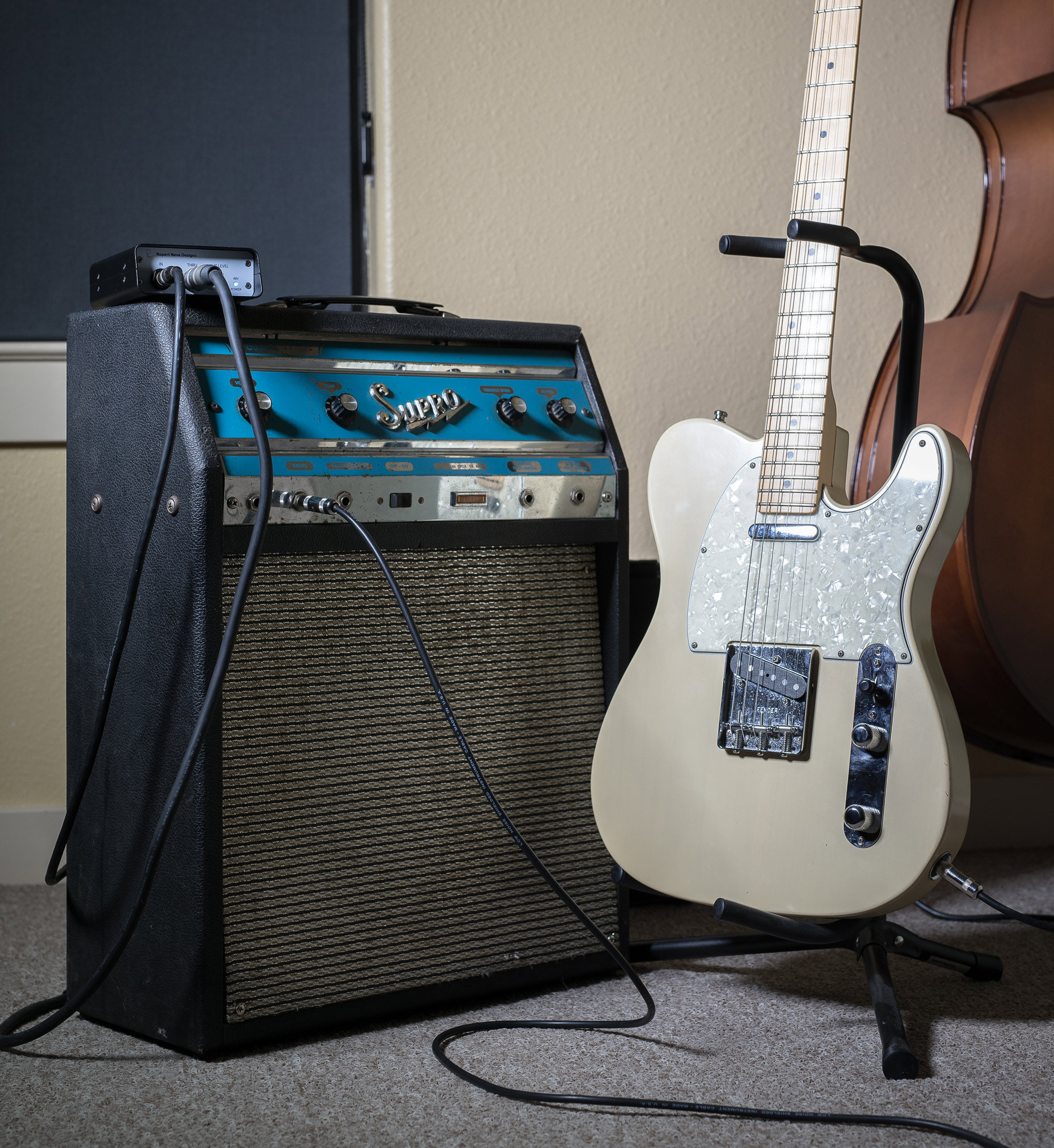
CONTROLS & I/O
¼” INPUT
Hi-Z unbalanced input:
2.2M Ohms (Instrument)
200 kOhms (Speaker)
¼” THRU
Parallel ¼” port used to send signal to an amp (instrument mode) or speaker (speaker mode).
SPEAKER / INSTRUMENT INPUT LEVEL
Selects Speaker or Instrument level.
Max input: +20.5dBu Instrument, +41dBu Speaker
48V POWER LED
Indicates that +48V phantom power is present from the connected mic preamp (required to power the RNDI).
GROUND LIFT
Isolates the XLR Pin 1 from the circuit ground.
OUTPUT
Transformer-balanced XLR output. Impedance less than 40 Ohms. Phantom power to the RNDI is supplied through this connection.
FEATURES
Groundbreaking Direct Tone
When class-A, discrete amplifiers meet Rupert’s custom transformers, good things happen to your tone. The RNDI is imbued with the unique components and design knowledge that makes it worthy of the Rupert Neve name.
Huge Headroom
The high input headroom of +20.5 dBu (typical) is capable of handling a wide range of sources – and in speaker mode, the RNDI can handle the full output of a 1000-watt power amplifier (92 Vrms or 266Vp-p).
Rugged Solid Steel Frame
The rugged steel chassis features an industrial-grade powder coating, and is built to withstand the severe stresses of life on the road.
Use a Variety of Sources
The RNDI has immensely consistent performance across a wide variety of sources due to its 2.2M Ohm discrete FET input stage and high headroom. The RNDI can be used with confidence on guitars, synths, basses, acoustic instruments, keyboards & drum machines. And in speaker mode the input headroom increases even further, providing an easy way to inject the pleasing harmonic content of the RNDI into literally any source.
Drive Longer Lines
The low impedance transformer-coupled output – below 40 ohms – is capable of driving long lines while maintaining exceptional high frequency performance.
1/4″ THRU Output
In instrument mode the THRU output can feed the amplifier input for reinforcement. In speaker mode, the THRU is used to feed the amplified signal to the speaker.
Ground Lift
A ground lift switch is provided on the back to help fix any problematic grounding.
Phantom Powered
The RNDI is powered by standard 48V phantom power. Power is indicated by a blue LED on the front panel.
REVIEWS
“The RNDI provides the most accurate representation of my instrument and individual playing, in detail and sonic character, in that sense of ‘I didn’t know what I was missing’ until I plugged into the RNDI.”
Tom Blankenship, Bass
My Morning Jacket
“It’s an incredible unit. Pretty much everything I do is DI – synths, guitar, bass – and this is the best starting point for that because you have the most honest representation of the original performance and the instrument possible…there’s this weight to the low end and a sheen to the top end that’s very pleasing. It doesn’t get brittle, and the low end stays tight…it’s a fantastic DI.”
Tycho, Musician
“It goes like at least a half an octave, if not an octave lower than everything else. All that stuff that you always fight for? It’s just there.”
F Reid Shippen
Ingrid Michaelson, Kenny Chesney, Dierks Bentley
“For production rehearsals, day one they gave me an RNDI. I plugged it in…and I had never heard my bass sound as good. Ever. The low end, the crispness, just the tightness of it all, it was so amazing. I literally left rehearsal and bought one for myself. I don’t ever want to be without this, ever.”
Matt Reilly, Bass
Avril Lavigne
“This guy has been it for me since I first heard it…the best DI freakin’ out there, man. And I’ve tried them all.”
Roger Lima, Bass
Less Than Jake
“…my secret weapon…it’s just something where I have no words for it. The magic of the color…it goes down to 12Hz, or 10Hz…you can’t believe the sonic colors you get out of it.”
Snow Owl
The World of Hans Zimmer
“I’ve been using the RNDI for years – the best thing that was ever created. I play the bass guitar, and this is what I use all the time, for everything I do. For the Wailers band, we have about eight of them, and we use them for they keyboards and the triggers. I’m a huge fan of Rupert Neve.”
Aston Barrett Jr, Bass
The Wailers
“The RNDI is our ‘speaker level DI box’ of choice. To put it simply, it sounds better than anything else. We need the best quality at every step of the signal chain. Why put $4,000 worth of mic and preamp in front of a $10,000 guitar amp and then use a rinky DI? We needed the real thing, and Rupert Neve is the name that guarantees quality.”
Matt Picone / Fractal Audio
“I'm still in disbelief as to how much of a difference there can be between two high quality direct boxes. This one is miles above everything else I have ever used. The difference is NOT subtle. Absolutely love it!”
Fred St-Gelais, Producer
Celine Dion, Marc Dupré, The Masked Singer
“The RNDI is an exceptional DI box, and the addition of a speaker mode makes it a very useful tool, both in the studio and on stage.”
Mike Hillier / MusicTech
“The RNDI is certainly a class act…a superb DI box that can add its character to the colors of your sonic palette. The RNDI isn’t cheap, but quality never is. Highly recommended.”
Bob Thomas / Sound on Sound

SPECIFICATIONS & DOWNLOADS
Note: All specifications are typical.
NOISE (22 Hz - 22 kHz, Un-weighted)
Better than -110 dBV
INPUT IMPEDANCE
Instrument Mode: 2.2 Megohm
Speaker Mode: 200 Kilohm
OUTPUT IMPEDANCE
Less than 40 Ohm
FREQUENCY RESPONSE
+/- 0.25 dB from 28 Hz – 60 kHz
+/- 1 dB from 14 Hz – 90 kHz
-3 dBu below 5 Hz
MAXIMUM INPUT LEVEL
Instrument Mode: +20.5 dBu (8.2 Volts RMS) Typical
Speaker Mode: +41 dBu (87 Volts RMS) Typical
MAXIMUM OUTPUT LEVEL
+11.5 dBu Typical
TOTAL HARMONIC DISTORTION + NOISE
@ 1 kHz, +20 dBu input level: 0.25% Typical (2nd and 3rd Harmonic)
@ 1 kHz, -20 dBu input level: 0.015% Typical (2nd and 3rd Harmonic)
@ 20 Hz, -20 dBu input level: 0.75% Typical (2nd and 3rd Harmonic)
POWER REQUIREMENTS
4.5mA Per Channel @ +48VDC
WEIGHTS & DIMENSIONS
Product Dimensions ( D x W x H): 6.25” (15.88 cm) x 4” (10.16 cm) x 1.5” (3.81 cm)
Shipping Dimensions (L x W x H): 10” (25.4 cm) x 8” (20.32 cm) x 3” (7.62 cm)
Shipping Weight: 2 lbs (0.90 kg)
FREQUENTLY ASKED QUESTIONS
Turn on speaker mode, then use a speaker cable to connect the amplifier output to the RNDI IN, and then speaker cable to connect the RNDI THRU to the cabinet or load box.
Remember: the RNDI is not a load box. If you aren’t sure whether your amplifier needs to have a load attached when on, err on the side of having a load attached as to not risk damage your amplifier.
Yes, you can run a professional line level signal into the RNDI. We recommend using speaker mode when doing this since the input headroom increases significantly when the RNDI is set to this mode.
No, it is a passive Y split directly from the input. When using the THRU output with an instrument that has passive pickups, we always recommend you double-check the sound with & without the THRU connected to make sure you aren’t experiencing a loading issue. Loading the pickups can potentially reduce high frequencies, so it’s always best to make sure this isn’t happening before you record something!
No. It is true that the higher input impedance of an active DI will generally result in greatly enhanced frequency response on a passive bass, but there are still advantages to an active DI on active basses as well. We recommend trying things out and letting your ears decide what tool works best.


